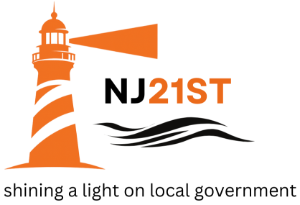The following email was received from Fred Buglione, M.A., M.Ed. – CEO for All In for Inclusive Education in response to “A Tale of Two Systems: Comparing City and Suburban School Districts in New Jersey”, and is being published with his permission
Thank you for your interest in inclusive education! We need more folks focused on this very important issue, as inclusion rates can be tied to graduation and post-secondary success rates.
I have some concerns with your research. While the attention to inclusive education is appreciated, your choice of districts creates the misperception that inclusion rates are a concern mainly for districts in higher poverty areas. That is absolutely incorrect.
If you had selected these I/J districts for your comparison (Franking Lakes, Norwood, Park Ridge, Riverdell, River Edge, Saddle River, Rockaway Twp) the results would be reversed with the higher SES districts having a lower inclusion rate (27%) than the A,B districts selected. Alternately, if you selected Alpha Boro, Brooklawn Boro, Carteret, Commercial Twp, East Newark, Elk Twp, and Glassboro for the A/B districts, your inclusion rate would be 65%, which pretty much matches the I/J districts that you selected. (Data pulled from NJ DOE website with 2022 LRE placement).
The challenges the state has with inclusive education cannot be reduced down to levels of poverty or wealth in districts. We are the least inclusive state in the country by a significant margin. Regardless of the level of wealth or poverty, there are districts far below the state and national averages for inclusive placement. All districts need to be doing more to include students with disabilities.
We’d be happy to discuss the topic in more detail and arrange a meeting with our research group – National Inclusive Education Research Collaborative
Support & Stay Informed
NJ21st is powered by facts, not special interests. If our reporting helped you stay informed, consider making a contribution and subscribing to get new coverage delivered directly to your inbox.
Contribute Today


